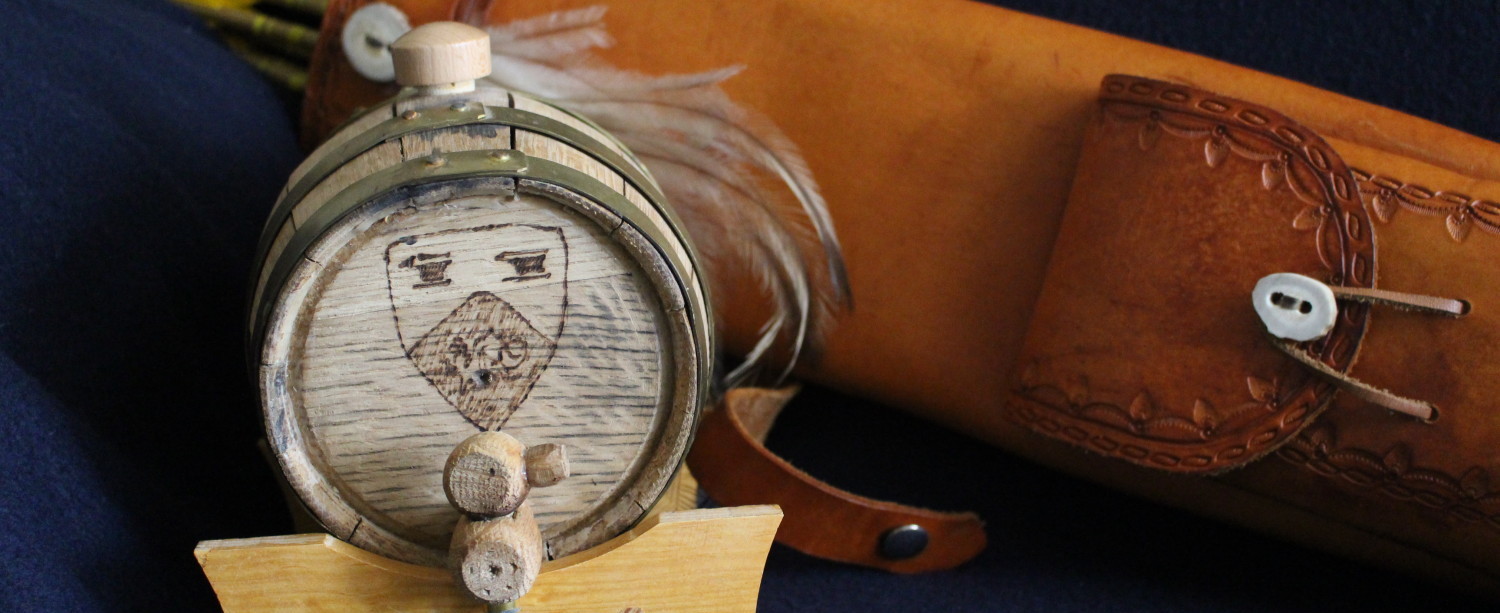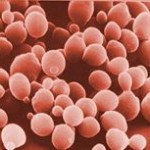Brewing with S. Eubayanus II
In my previous post, Brewing with S. Eubayanus I, I summarized part of a fascinating test of the brewing characteristics of Saccharomyces eubayanus. S. eubayanus is the most likely yeast that hybridized with S. cerevisiae in the 15th/16th century Europe to yield what we call lager yeasts today. The test results were published in the March/April issue of Zymurgy (The Journal of the American Homebrewing Association) and was authored by Jared Spidel. My previous post highlighted some of the brewing characteristics of S. eubayanus and the results of a “real-world” brewing contest in which only S. eubayanus was used as the yeast. I will finish this summary in this post by examining some of the chemical analyses results and Spidel’s suggestions for specific styles for which S. eubayanus would work well.
Results of Chemical Analysis/Tasting
- Generally, fusel alcohols were fairly low, although some beers in the test had detectable levels of amyl alcohol, which likely accounted for the white-wine flavors detected by some judges.
- Most of the entries had detectable levels of diacetyl in the chemical analysis, a buttery flavor that is considered bad for some beer styles, but acceptable in others in small amounts. However, interestingly, none of the judges were able to detect in in the tastings.
- Several compounds such as acetaldehyde and ethyl acetate were also found in measurable amounts. Generally, speaking these were compounds that have fruity components of various types. This is probably the reason why this flavor component showed up so often in many of the S. eubayanus beers.
- Levels of isoamyl acetate that give weissbier a characteristic banana flavor were universally low.
Conclusions and Recommendations by the Author
- Beer with crystal and lightly kilned malts tended to work well with S. eubayanus
- Porters, brown ales, Scottish and Irish ales, and dark lagers scored well
- Pilsners and light ales tended to have too much interference from the expected crisp flavors of these styles
- Belgians and Saisons were good classes but tended to experience low attenuation
- Hop choice/amount is important, particularly for those beers that had low attenuation rates.
- Use of a second yeast might be interesting. The author suggests that Brettanomyces might be a good complement to S. eubayanus.
I look forward to more research on S. eubayanus to determine if it might be not only the yeast that made lager beer possible 500+ years ago but also a viable commercial brewing yeast. Based on the available research, which is admittedly quite sparse, the latter may not be very likely. Time will tell.


Comments
Brewing with S. Eubayanus II — No Comments
HTML tags allowed in your comment: <a href="" title=""> <abbr title=""> <acronym title=""> <b> <blockquote cite=""> <cite> <code> <del datetime=""> <em> <i> <q cite=""> <s> <strike> <strong>